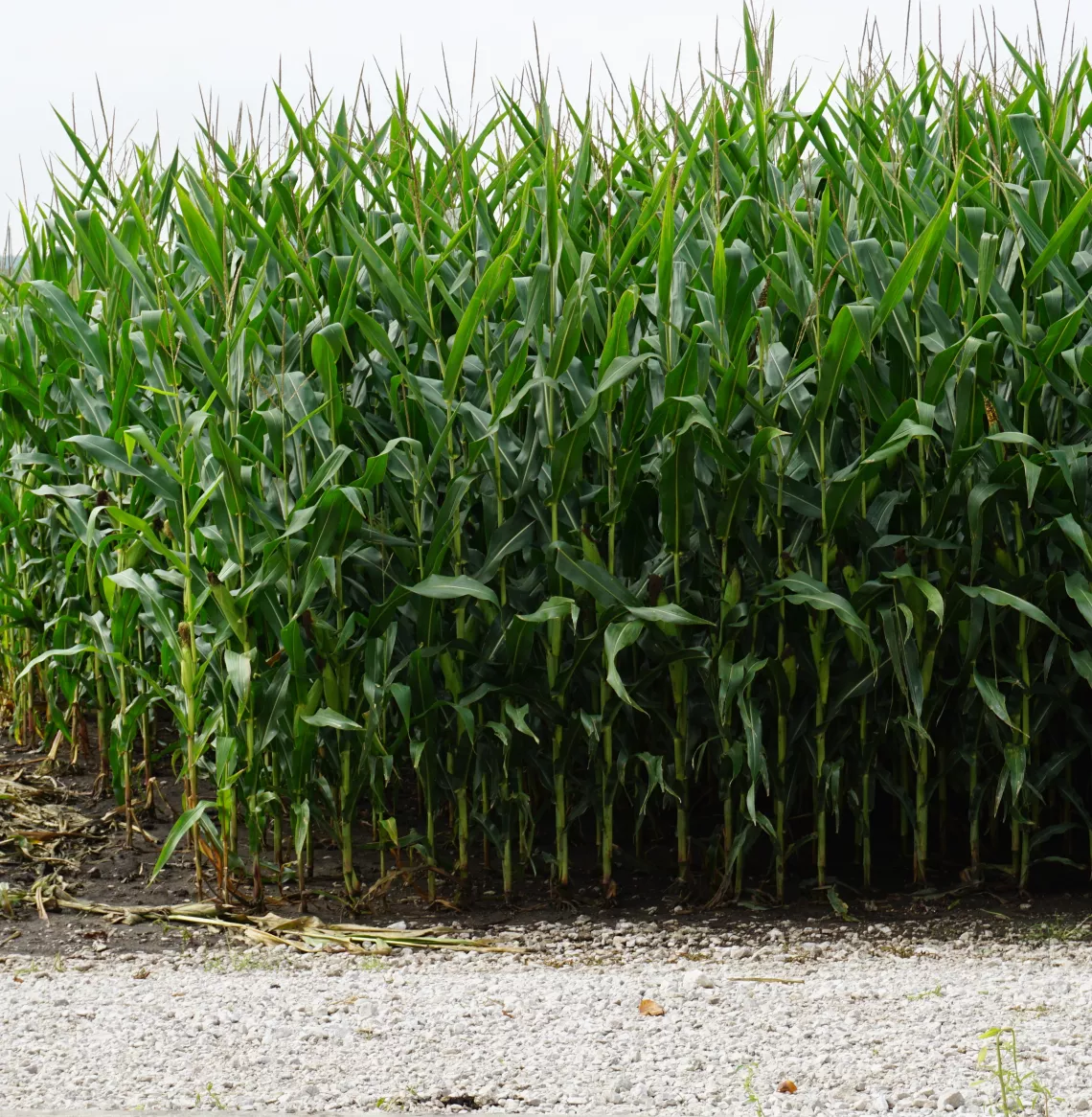Illinois isn't role-model for nitrogen application rates
The Governor’s Carbon Sequestration Task Force and its Agriculture Work Group has been considering a proposal to modify the Maximum Return to Nitrogen, which determines how much nitrogen should be applied to Iowa's corn fields. The Work Group meeting report from October 15, 2021, states
“4. AG-SPECIFIC POLICY DISCUSSION: The group discussed the Fertilizer Management policy recommendation due to the policy’s relevance to the ag work group.
a. FERTILIZER MANAGEMENT: MRTN was created by Iowa State University to enable farmers to optimize their value. For a corn and soy rotation, the optimal rate has been 140 lbs. from MRTN; however Illinois is closer to 190 lbs. Iowa State University modeling has shown the amount to be higher in recent years. The policy will help to fund research to modernize MRTN with Iowa State to be more dynamic. The funding can include state, federal, and private sector co-funding.”
This is in spite of the fact that the amount of nitrogen entering Iowa’s waterways is increasing. That means that more nitrogen is being applied to farm fields than the crops are using. The excess nitrogen is not staying on the farm fields and is, instead, running into Iowa’s lakes, rivers, and streams. A major study, released in the spring of 2018, titled “Iowa stream nitrate and the Gulf of Mexico” by Christopher S. Jones, Jacob K. Nielsen, Keith E. Shilling, and Larry J. Weber lays out the contribution Iowa makes to the dead zone in the Gulf of Mexico. To summarize the results of the study:
- Three major watershed basins drain into the Gulf of Mexico – Mississippi-Atchafalaya Basin, Upper Mississippi River Basin, and the Missouri River Basin.
- Iowa contributes an average of 29% of the nitrate load to the Upper Mississippi Basin.
- Iowa contributes an average of 45% of the nitrate load to the Missouri River Basin.
- Iowa contributes an average of 55% of the nitrate load to the Mississippi-Atchafalaya Basin.
- Since 1999, nitrate loads in the Iowa-inclusive basins have increased. [1]
Most of the nutrients entering Iowa’s farms are from fertilizers and manure running off farmland.
Since the Task Force Work Group points to Illinois, let’s look at Illinois and its nitrogen management. A recent article published in the Chicago Tribune by Morgan Greene states [2]
- “Illinois is among the top feeders to the Gulf of Mexico dead zone, as nutrients from sewage treatment plants, and farm fertilizer and manure, eventually flow into the Mississippi River. The state is not only missing benchmarks to reduce nutrients, the problem is growing. This doesn’t bode well for a goal created by a federal task force to reduce the dead zone’s five-year average size by thousands of square miles.”
- “While sewage treatments plants have reduced their contributions through permit limits, addressing pollution on farms largely depends on voluntary efforts. Agriculture accounts for the majority of the nutrients.”
- “Illinois sends the most phosphorus to the Gulf, and is the second largest contributor of nitrogen, according to U. S. Geological Survey modeling. Fertilizer is the largest source.”
- “By 2025, Illinois aims to reduce nitrogen and nitrate by 15% and phosphorus by 25%, with a goal of greater long-term reductions. Instead, averaged from 2015 to 2019, nitrogen loads increased by 13% compared with a baseline period from 1980 to 1996, and phosphorus loads increased by 35%, according to the latest biennial report on the state’s reduction strategy, releases this fall.”
So it is clear that Illinois is not the role model Iowa should be following for managing nutrients on crop fields.
It is a good policy to continue researching ways to improve nitrogen use, determining the proper levels of nitrogen to use, and reducing the amount of nitrogen entering our waterways. But using Illinois’ model isn’t the answer.
Footnotes
[1] Christopher S. Jones, Jacob K. Nielsen, Keith E. Shilling, and Larry J. Weber, “Iowa stream nitrate and the Gulf of Mexico”, PLOS One, April 12, 2018, abstract. Available at http://journals.plos.org/plosone/article?id=10.1371/journal.pone.0195930
Also “Iowa’s Poor Water Quality Goes South”, On Point, WBUR radio, July 16, 2018, www.wbur.org/onpoint/2018/07/16/iowa-water-pollution
[2] Morgan Greene, “Illinois – a major feeder to the Gulf of Mexico dead zone – falls behind federal goal to reduce phosphorus and nitrogen flowing into its waterways”, Chicago Tribune, December 20, 2021
